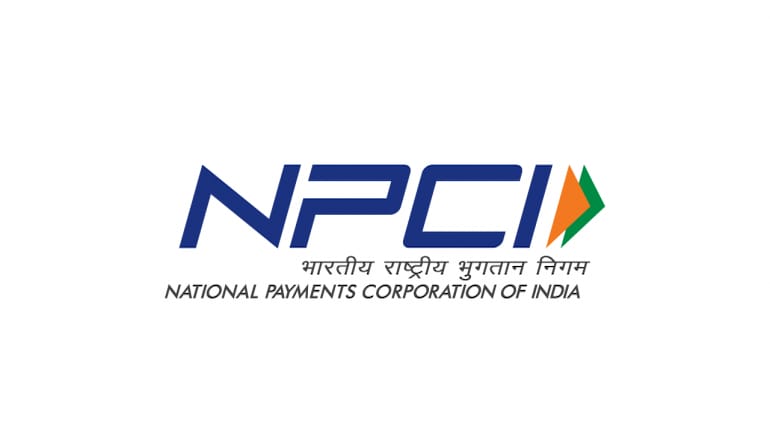



Unified Payments Interface (UPI) has moved into another gear. In the June 8 monetary policy, the Reserve Bank of India (RBI) permitted the linking of UPI with Rupay credit cards. The policy decision not just adds another feather to the UPI cap, but also makes it resemble a bank.
Let’s understand this evolution of UPI from a payment enabler to a formidable force in payments and banking systems.
What Is UPI?UPI started in 2016 with the objective to unify multiple bank accounts and apps into a single mobile app. Before UPI, one had to download different payment apps to make payments. For example, if you were using, say, the Paytm app, and your grocer was using the PhonePe app, you could not pay the grocer unless either party downloaded the other app. UPI broke through these barriers and created a seamless, unified interface allowing payments to take place across multiple apps — and that too at no extra cost.
How Does UPI Work?UPI was developed by the National Payments Corporation of India (NPCI), an organisation promoted by the RBI to usher in innovations in payments. Once UPI was developed, the RBI and government basically asked all the apps and banks to link themselves to the UPI platform. Thus today, it doesn’t matter which payments app you have on your mobile phone, UPI enables payments across all platforms.
Debit cards also allow similar transfers but they require a card and a card-reading machine. The UPI transaction can be done from one’s mobile phone.
UPI-Credit Card LinkUntil the June 8 announcement, UPI facilitated transactions by linking savings/current accounts through users’ debit cards. The new initiative allows one to make payments via credit cards as well. This brings a whole new dimension to the payment ecosystem.
Credit cards have been typically used for large payments and are acceptable by large merchants. Now one can make small UPI payments using a credit card.
Only RupayFor a very long time, the global credit card-based payment system was a duopoly where Visa and Mastercard dominated the markets. The two charged a hefty merchandise fee to enable transactions across the banking system.
Even before UPI, the NPCI introduced another innovation in the form of Rupay to challenge the duopoly, and drive down the merchandise costs. Given the prominence of debit cards, Rupay quickly started to dominate this payment segment. However, Rupay is still lagging the two major players in the credit card segment.
The economics of payments is based on two principles: economies of scale, and network effect. The economics of scale means with a rising number of users, the overall costs per user declines, which in turn leads to higher profits per user. The network effect means a higher number of users, and even more users want to be part of the network.
The RBI’s decision to limit the UPI linkage to Rupay credit cards means the two players cannot gain from either of the two principles of payments economics. As the two cards were dominant in the credit card space, UPI linkage would have helped them extend their canvas to smaller payments, and build even larger networks.
One reason the RBI could have decided to link Rupay at the initial stage is the issue of merchandise fees. As both Rupay and UPI are driven by the State there is no issue of merchandise fee and revenue sharing. Whereas both Visa and Mastercard are private companies that rely on merchant fees.
What Next?The RBI is working on allowing UPI-enabled wallets in the future. The regulator has also allowed UPI payments via the offline mode where one does not require the Internet or telecom connectivity for making payments. UPI is also going to be connected to apps in other countries to enable payments in foreign currencies without the need for debit/credit cards. SEBI has also raised the UPI limits for investments in IPOs.
UPI is increasingly becoming a super payment interface, shaking the payment ecosystem which was controlled by private banks and the payment duopolies. It is an amazing case study of how the State has driven innovation in one of the unlikeliest of areas of digital payments. Usually, we see private entities disrupting the public sector, in this case, it is the opposite.
Having said that, the RBI will have to quickly allow credit cards of Visa and Mastercard to be linked to UPI as well. Else it will be blamed for creating its own monopoly.
Discover the latest Business News, Sensex, and Nifty updates. Obtain Personal Finance insights, tax queries, and expert opinions on Moneycontrol or download the Moneycontrol App to stay updated!
Find the best of Al News in one place, specially curated for you every weekend.
Stay on top of the latest tech trends and biggest startup news.